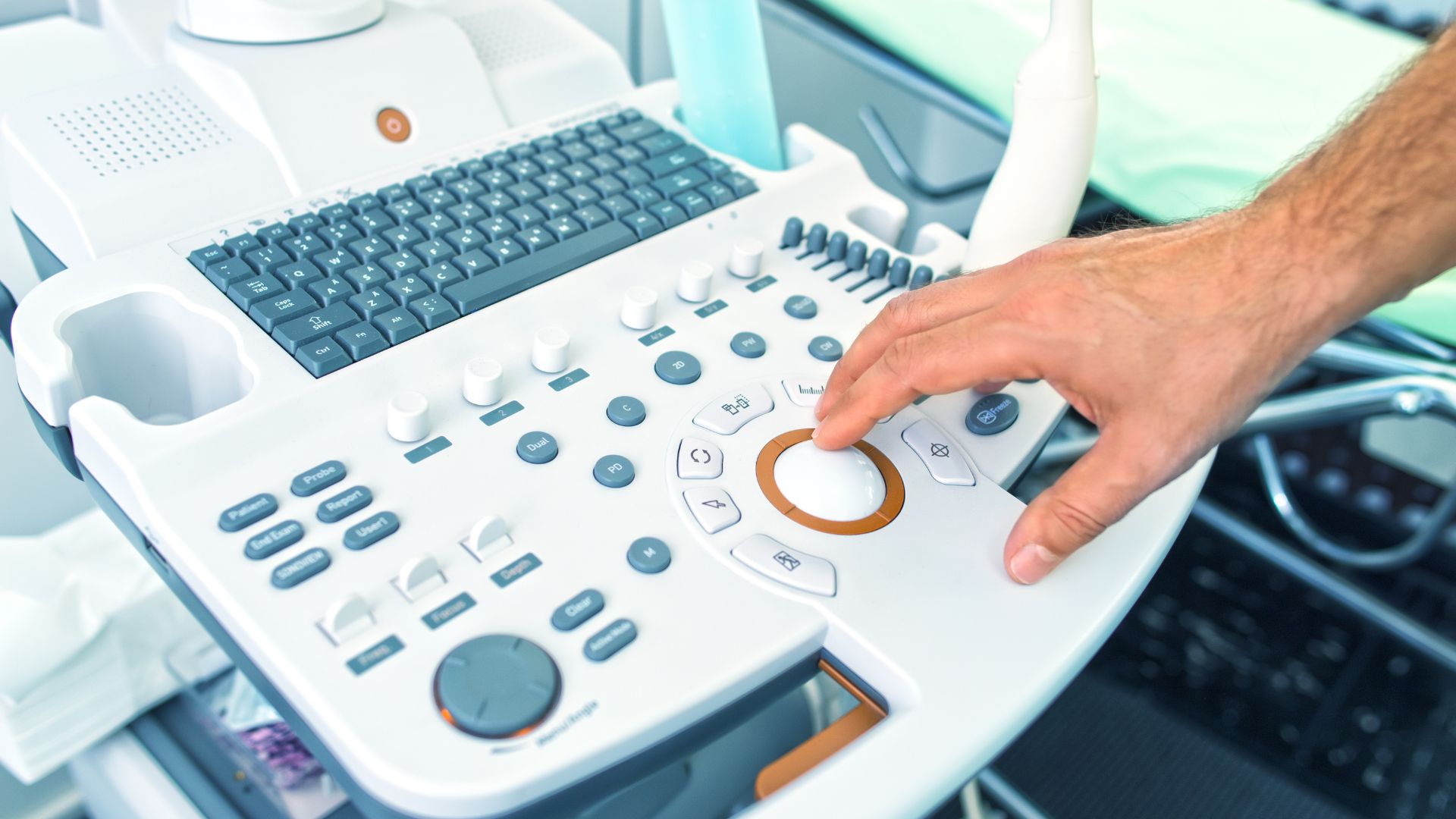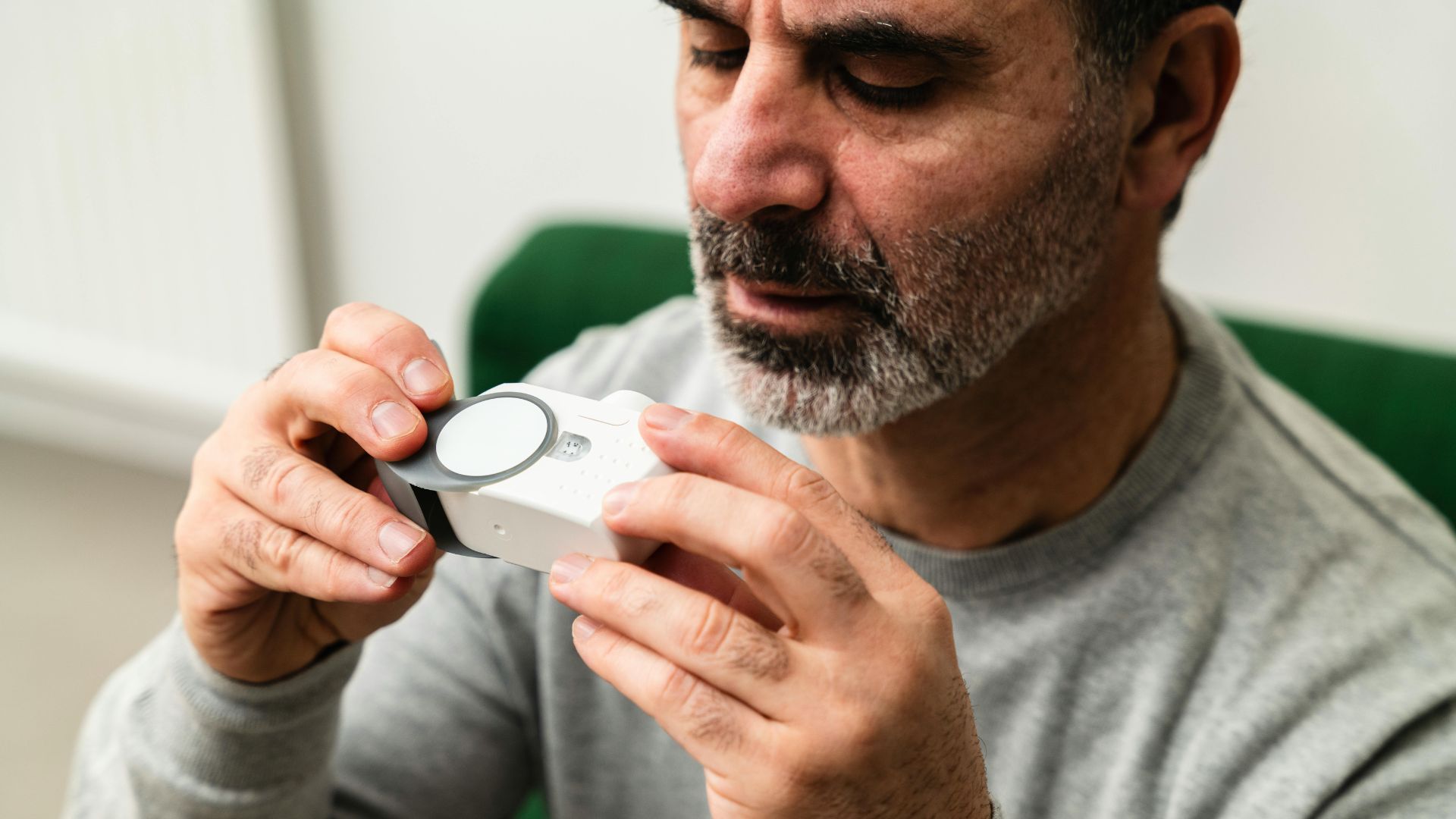Ensuring FDA Compliance for Bone Regeneration Materials
Bone regeneration materials—including synthetic bone grafts, xenografts, allografts & growth factor-based scaffolds—are widely used in implant dentistry, periodontal procedures & maxillofacial reconstruction. Because these materials integrate with living bone tissue, they must meet strict FDA regulations to ensure safety & efficacy. Manufacturers must navigate classification, sterility validation & premarket approval processes to avoid Import Alerts, detentions & product recalls.
How the FDA Classifies Bone Regeneration Materials
Understanding how bone grafting materials are categorized is essential to determine the correct submission pathway:
Device Classifications
- Class II (Moderate Risk): Includes synthetic bone grafts, mineralized collagen scaffolds & xenografts. These require 510(k) clearance to demonstrate substantial equivalence to an approved predicate device.
- Class III (High Risk): Covers bone graft substitutes incorporating growth factors, stem cells or bioactive coatings, requiring Premarket Approval (PMA).
- Combination Products: If the material contains both a device & drug/biologic component, it may fall under the jurisdiction of CBER (Center for Biologics Evaluation & Research).
Key FDA Compliance Requirements for Bone Grafting Materials
To legally market bone regeneration materials in the US, manufacturers must complete several compliance steps:
- Establishment Registration: All manufacturers & importers must register with the FDA annually.
- Medical Device Listing: Each type of bone graft material must be listed under the registered establishment.
- Biocompatibility & Sterility Testing: Materials must meet ISO 10993 & ISO 11137 standards to ensure implantation safety.
- Unique Device Identifier (UDI) Compliance: FDA requires UDI labeling for traceability & recall management.
- Labeling & Advertising Compliance: Claims regarding regeneration speed or implant integration must be clinically substantiated.
Common Compliance Challenges & Solutions
Regulatory missteps can delay or derail product launches. These case studies show the value of early planning:
Case Study: Synthetic Bone Graft Import Detained Due to Incomplete Biocompatibility Testing
A calcium phosphate-based bone graft was detained because it lacked required validation data. The manufacturer had to:
- Repeat cytotoxicity & irritation testing per ISO 10993.
- Resubmit its Medical Device Listing with full documentation.
- Engage regulatory consultants to align future filings.
Case Study: Growth Factor-Infused Bone Graft Reclassified as a Biologic
A bioactive graft with recombinant growth factors was assumed to be Class II but reclassified by the FDA as a biologic. This led to:
- A 12-month delay due to required clinical trials.
- Significant cost increases for additional safety submissions.
- A 513(g) request to clarify classification before expanding the product line.
Regulatory Considerations for Bone Regeneration Manufacturers
Manufacturers must also factor in these regulatory elements:
- FDA User Fees: Required annually; Small Business Fee Assistance may apply.
- Import Alerts: Noncompliant materials can be blocked from entry.
- Certificate to Foreign Government (CFG): Needed to export to many countries.
- Health Canada Licensing: An MDEL may be required to sell in Canada.
Maintaining Postmarket Compliance
Approval isn’t the end of regulatory oversight. Continued diligence is necessary:
- Electronic Medical Device Reporting (eMDR): Adverse events must be reported to the FDA.
- FOIA Requests: Useful for researching precedents & competitor approvals.
- Medical Device Master File: Helps support future submissions.
- Ongoing Regulatory Consulting: Keeps your strategy current with FDA updates.
Laying the Foundation for Regulatory Success
Bringing bone regeneration materials into the US market requires more than ticking compliance boxes. Strategic classification, validated sterility, UDI compliance & expert guidance help streamline approvals, minimize setbacks & position your products for lasting success.








